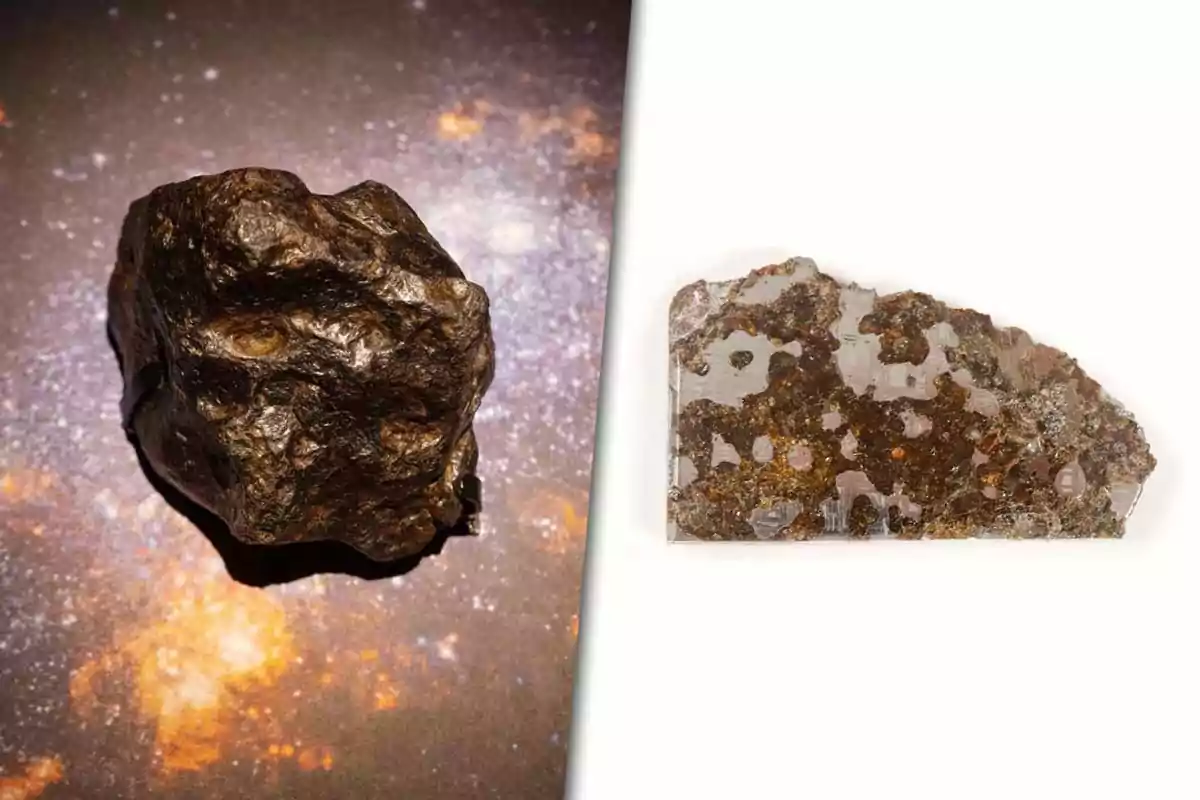
A meteorite with a strange thermal property that breaks the laws of physics has been discovered
The tridymite from a meteorite that fell in 1724 showed a constant thermal conductivity that surprised science
A team of researchers discovered an unusual thermal behavior in a fragment of meteoritic tridymite from a meteorite that fell in Steinbach, Germany, in 1724.
The finding was surprising because the material's thermal conductivity remained constant as the temperature increased, something that doesn't occur with known terrestrial solids.

What did the scientists find?
The study, published in the journal PNAS, revealed that heat in this sample doesn't behave as it does in crystals or in glasses, but rather at an intermediate point.
The experiments showed that two heat transfer mechanisms coexist: one ordered, wave-like, and another disordered. The balance between the two ensures that thermal conductivity remains stable even as temperatures rise.
The origin of the meteoritic stone
The piece was extracted from the meteorite recorded in Steinbach in 1724. The specialists selected a portion of tridymite to subject it to theoretical calculations and laboratory tests.

The work was made possible thanks to an international collaboration that combined first-principles physics, machine learning applied to materials, and thermoreflectance experiments.
What does constant thermal conductivity mean?
In common solids, thermal conductivity changes as temperature varies. In crystals, it usually decreases, and in glasses, it usually increases. However, in this extraterrestrial tridymite, the effects cancel each other out, resulting in an "invariant" property.

The tests covered temperatures from cryogenic levels to several hundred kelvin. Throughout that range, the heat conduction capacity remained virtually unchanged.
More posts: